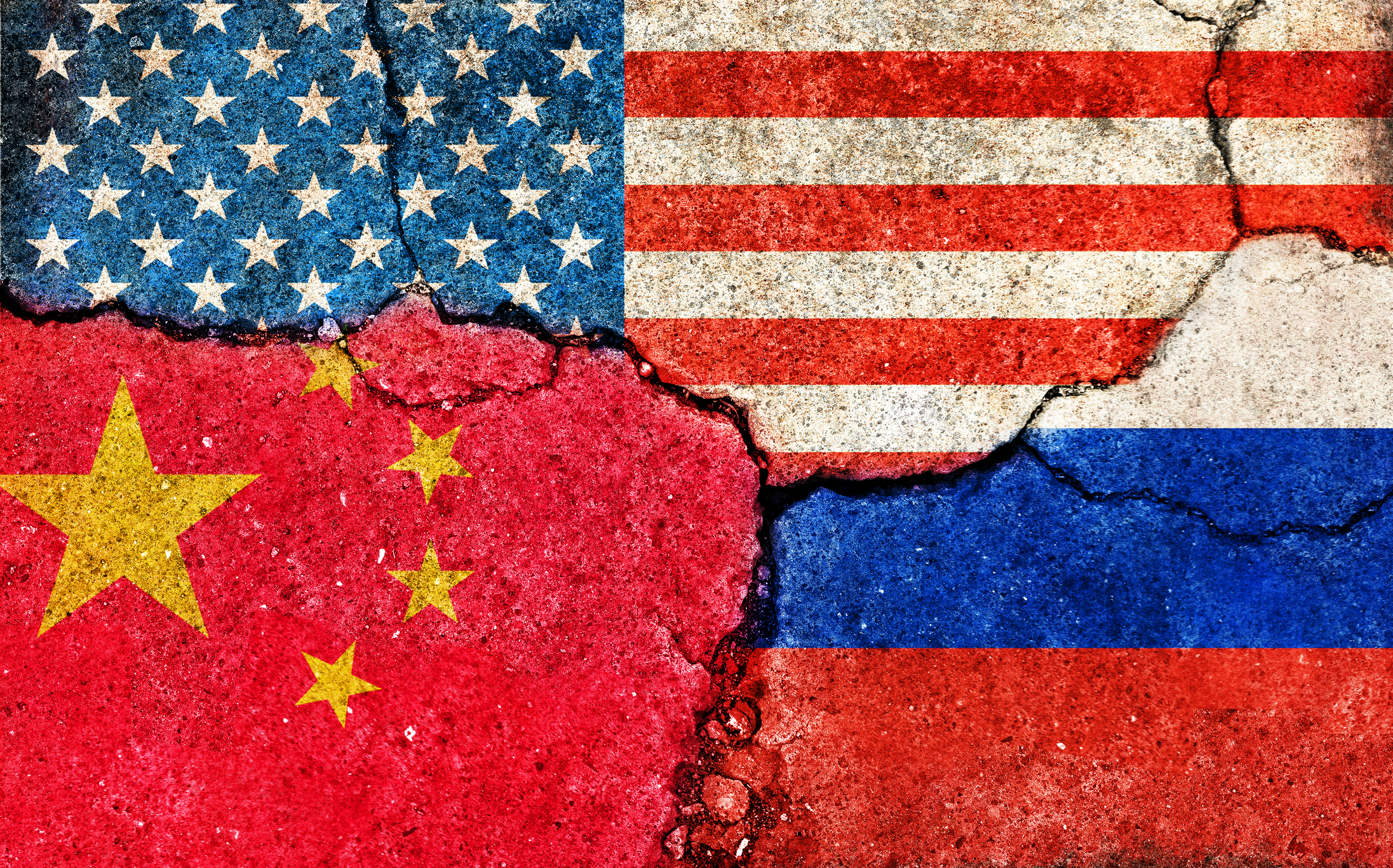China’s Control Over Rare Minerals Troubles Pentagon
U.S. officials say they can’t sit back and just hope that Beijing will provide what’s needed for crucial defense equipment.

U.S. officials are getting worried.China has cornered the market on rare earth metals vital to defense and for three years in a row has cutback on exports on which the Pentagon depends. Officials say it’s time the U.S.takes action to assure a long-term supply.
In the lastdecade, China has moved aggressively, acquiring mines around the world that nowaccount for more than 90% of global production of the most desired rare earthmetals, such as terbium, dysprosium, molybdenum, thorium, erbiumand yttrium. Because of their special qualities, several are used in defense applications,especially in missile assemblies, radars, satellites and power supplies.
The U.S. no longer keeps many rare earthson hand, although atthe height of the Cold War, the U.S. national defense stockpile included severalhundred materials and mineral ores. The stockpile, worth billions, included alot of lead, nickel and copper but also many precious metals largely found inAsia, Australia and parts of South America. In recent years, however, thePentagon sold off the stockpile in order to accumulate parts and assemblies forships, planes and military weapon systems.

Sign up for Kiplinger’s Free E-Newsletters
Profit and prosper with the best of expert advice on investing, taxes, retirement, personal finance and more - straight to your e-mail.
Profit and prosper with the best of expert advice - straight to your e-mail.
This was not a problem while suppliesof rare earths were easily obtainable.But in each of the last three years, China has kept more rare earths forinternal use and cut exports accordingly. Experts think that trend willcontinue. Chances are that the Chinese government also is stockpiling the oresinstead of allowing them to be traded in the global market.
Some U.S. military officials and leadingmembers of the House and Senate Armed Services committees want to start restockingat least some of the rare earth materials over the next several years. Rare earths are not used inhuge amounts, but many are expensive; dysprosium costs about $50 per pound andis used in communication systems. Terbium costs about $150 per pound and isused in avionic systems and radars.
The prospectof many years of limited supplies of about a dozen rare earth minerals islikely to spur the U.S. to negotiate with mining companies in countries such asAustralia and Argentina about increasing exploration for rare earths andrestricting further acquisition by China of rare earth mines.
The North Americanmarket for rare earths is about $1 billion per year, but there may be moredemand in the future, especially with a growing market for electric vehicles.Rare earths are used in batteries for electric cars. Japan, also dependent onChina for rare earths, likely a major producer of electric cars, also may beginbuilding a strategic reserve in the next few years.
Tight globalsupplies from China will lead to more prospecting, although there are only afew countries in which geologists expect rare earths to be found in large enoughquantities to make mining operations worth the investment. Among them are SouthAfrica, Greenland, Mongolia, Paraguay and New Guinea.
For weekly updates on topics to improve your business decisionmaking, click here.
Get Kiplinger Today newsletter — free
Profit and prosper with the best of Kiplinger's advice on investing, taxes, retirement, personal finance and much more. Delivered daily. Enter your email in the box and click Sign Me Up.

-
 Fired Up By the Masters and RBC Heritage? See These Homes for Sale By Golf Courses
Fired Up By the Masters and RBC Heritage? See These Homes for Sale By Golf CoursesFive homes for sale near golf courses, for people who can't get enough of the tour.
By Alexandra Svokos
-
 The Economic Impact of the US-China Trade War
The Economic Impact of the US-China Trade WarThe Letter The US-China trade war will impact US consumers and business. The decoupling process could be messy.
By David Payne
-
 The Economic Impact of the US-China Trade War
The Economic Impact of the US-China Trade WarThe Letter The US-China trade war will impact US consumers and business. The decoupling process could be messy.
By David Payne
-
 AI Heads to Washington
AI Heads to WashingtonThe Kiplinger Letter There’s big opportunity for AI tools that analyze MRIs and other medical images. But also big challenges that clinicians and companies will have to overcome.
By John Miley
-
 The AI Doctor Coming to Read Your Test Results
The AI Doctor Coming to Read Your Test ResultsThe Kiplinger Letter There’s big opportunity for AI tools that analyze CAT scans, MRIs and other medical images. But there are also big challenges that human clinicians and tech companies will have to overcome.
By John Miley
-
 The New Space Age Takes Off
The New Space Age Takes OffThe Kiplinger Letter From fast broadband to SOS texting, space has never been more embedded in peoples’ lives. The future is even more exciting for rockets, satellites and emerging space tech.
By John Miley
-
 Rising AI Demand Stokes Undersea Investments
Rising AI Demand Stokes Undersea InvestmentsThe Kiplinger Letter As demand soars for AI, there’s a need to transport huge amounts of data across oceans. Tech giants have big plans for new submarine cables, including the longest ever.
By John Miley
-
 What DOGE is Doing Now
What DOGE is Doing NowThe Kiplinger Letter As Musk's DOGE pursues its ambitious agenda, uncertainty and legal challenges are mounting — causing frustration for Trump.
By Matthew Housiaux
-
 A Move Away From Free Trade
A Move Away From Free TradeThe Letter President Trump says long-term gain will be worth short-term pain, but the pain could be significant this year.
By David Payne
-
 The Explosion of New AI Tools
The Explosion of New AI ToolsThe Kiplinger Letter Workers and consumers soon won’t be able to escape generative AI. Does that mean societal disruption and productivity gains are right around the corner?
By John Miley